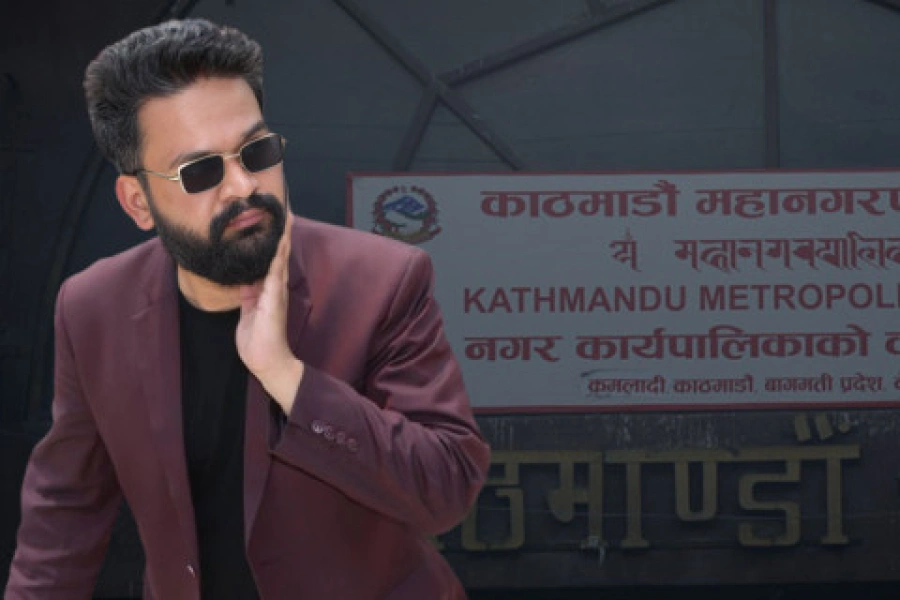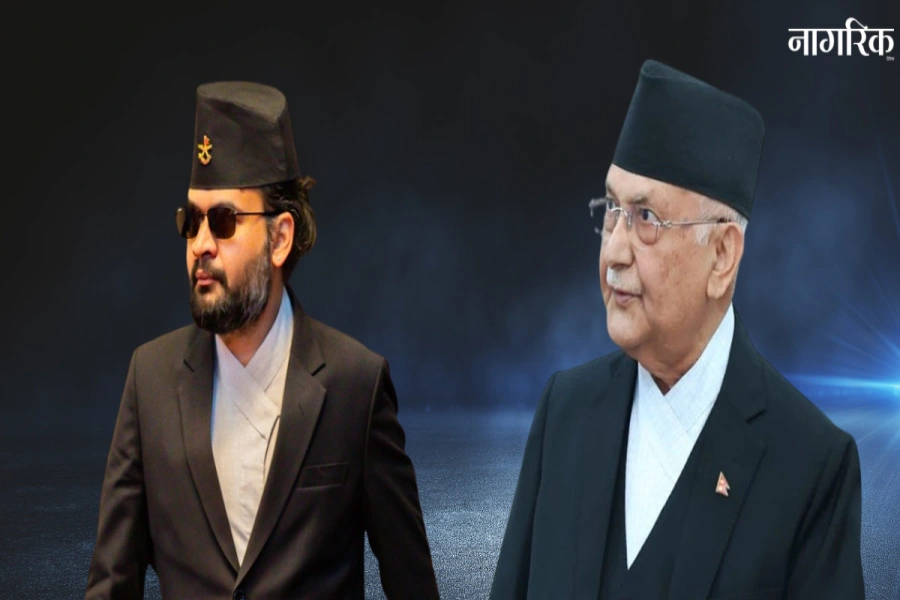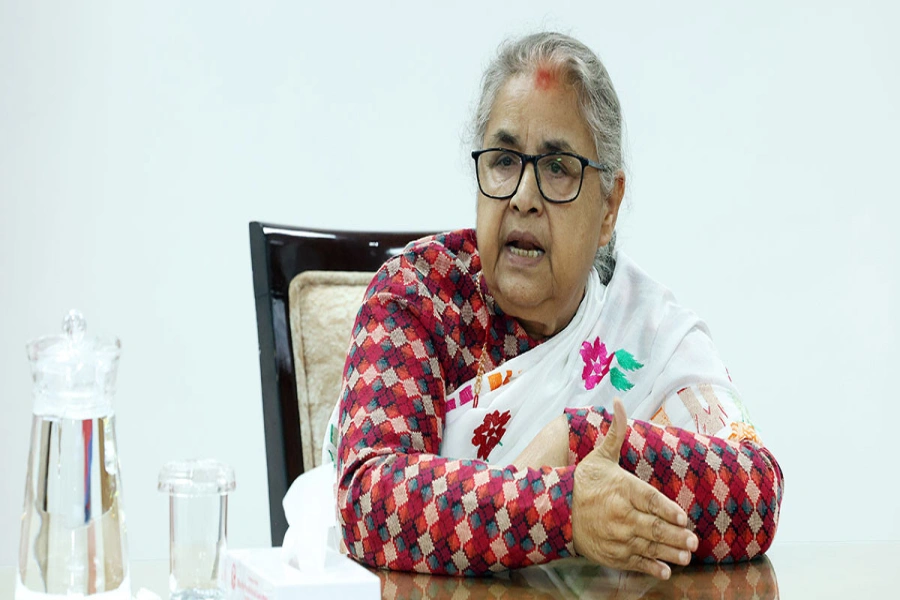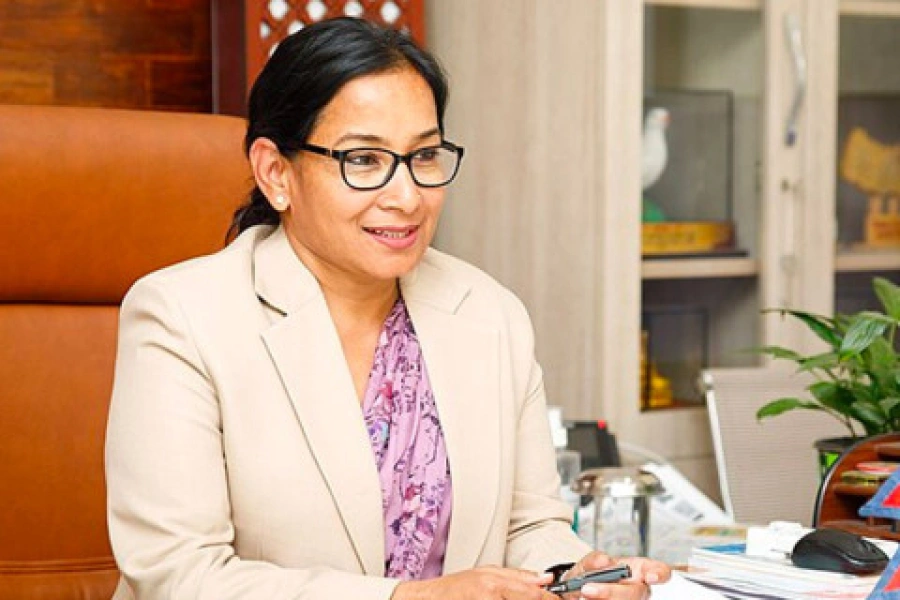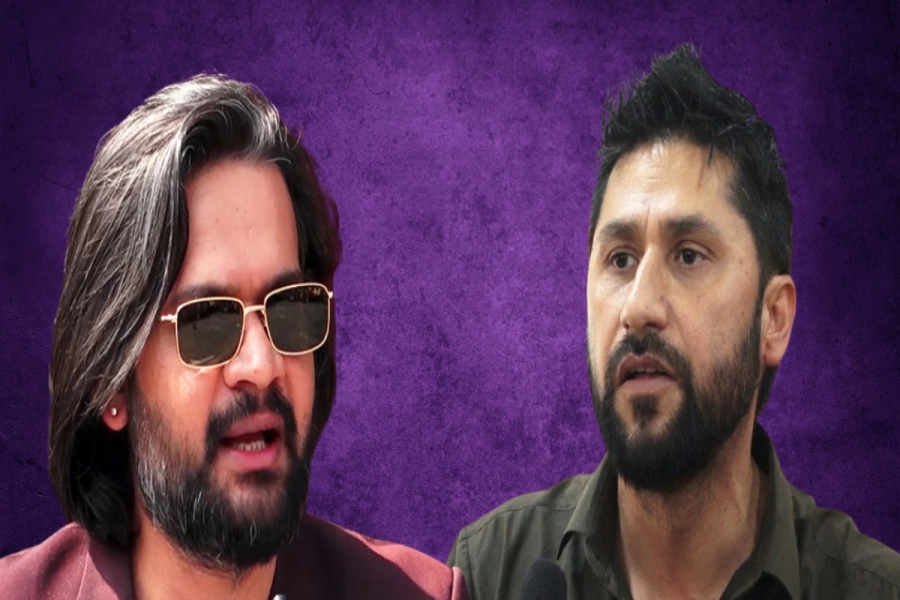Among many other festivals, Gaijatra festival has its own significance. This festival denotes homage to the dead relatives. Then, Gaijatra is also the festival of humor and laughter.
According to the legend, this day is believed to be very auspicious where the gates of the underworld (patal) are opened and Yamaraj, the lord of death, studies his huge ledger and decides whether the soul of all late mortals will be reborn or not.
'Virtual Gaijatra Pride Event' concludes

The route to Yama Raj's gate through the death is believed to be very difficult which leads through rivers of fire. So, the bereaved families in greater belief that a sacred cow may guide and protect the spirit of their dead ones along this dangerous route by allowing it to stick to her tail and push open the gates with its horns, brings out the procession of the cows in the day of Gaijatra festival.
The family procession begins in the morning after few prayers for the dead. The family priest with the accompany of fanfare musicians are followed by a sober cow decorated with flower garlands and red tika on its head or by a substitute cow, a small boy dressed with elaborate as a eccentric yogi accompanies him. The parade passes through many temples, holy places and ancient narrow alleys where people merrily give foods and money to the members of each procession. In Kathmandu, all the parades must pass by the royal palace of Hanuman Dhokha as a tradition in old times that in this day Malla Kings use to keep record of the annual death toll by counting every group. Finally, when the cow procession return to the bereaved households, the family priest performs few rites and the cloth-tails of the cow costumed boys, dragged along the ground through the parade, are cut into small strips and given to the family members to wear it in their necks as a symbol of protections from misfortune.
There are differences in traditions and celebrating styles according to the places and people in Gaijatra festival. For example, in Bhaktapur, the people of bereaved families bring out the cloth-covered baskets with horns of straw and a painted cow's face affixed into it in the procession. An interesting kind of dance with sticks is also performed in Bhaktapur. In some villages the entire population joins into one long procession. In this way, it varies the tradition according to the locality and economical status as well.
Actually, the festival of Gaijatra was prevailed from the period of the 18th century Malla King Pratap Malla. He began this festival in order to bring some laughter to his bereaved queen after the death of their son. The king ordered his people to come to the palace and do whatever they can do to make queen laugh. There was no prohibition. So, the people wore different funnny costumes making jokes and jibes. From that time till today, the satire making on current system's failure is performed frequently on the day of Gaijatra. Local newspaper and various artists participate in Gaijatra humor showing many satirical stories. In this way, Gaijatra as a festival had preserved our rights to express unwillingness about political disorders.







